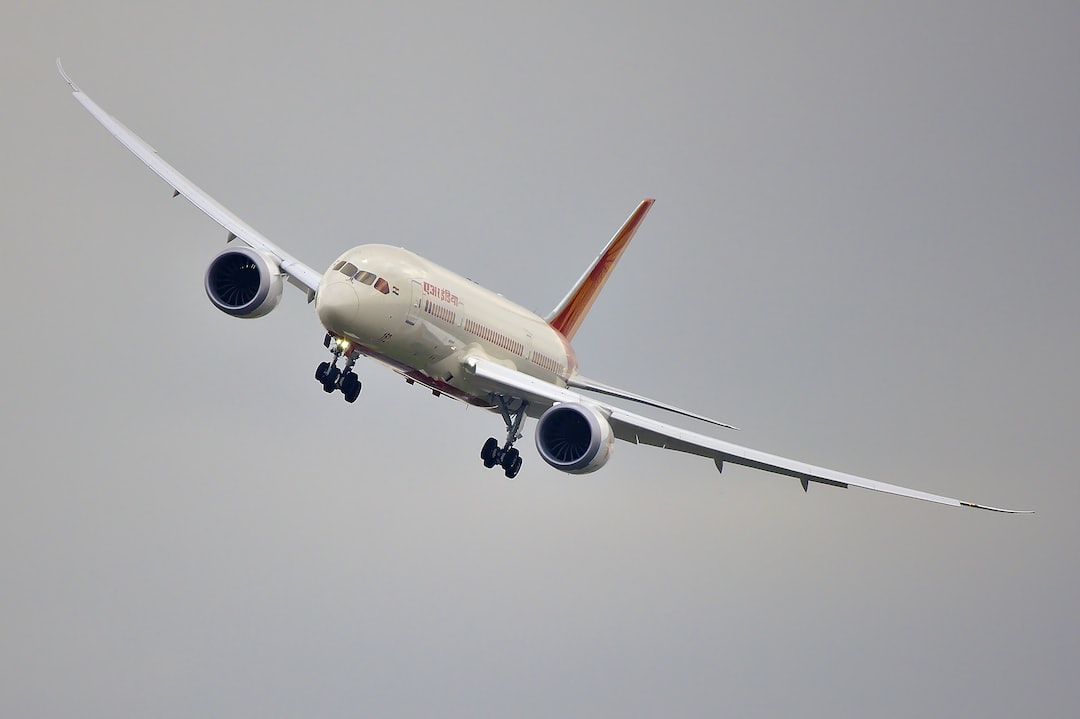The aerospace industry is known for its continuous development of cutting-edge technologies that shape the future of air travel. From faster and more efficient airplanes to advanced space exploration, innovation drives the field forward. In recent years, a number of futuristic technologies have emerged, revolutionizing the aerospace industry. Let’s take a closer look at six of these game-changing advancements.
1. Electric Propulsion Systems: One of the most exciting advancements in aerospace technology is the development of electric propulsion systems. These systems use electric motors instead of traditional jet engines, making flights more quiet, efficient, and environmentally friendly. Electric propulsion systems are also sparking ideas for urban air mobility and autonomous flying vehicles.
2. Hypersonic Travel: Rapidly advancing hypersonic technologies are opening up the possibility of faster, more efficient air travel. By reaching speeds above Mach 5, which is more than five times the speed of sound, hypersonic aircraft will significantly reduce travel times. This technology not only promises a new era of commercial aviation but also has potential military applications.
3. Autonomous Aircraft: Automated or autonomous flying technology is another frontier in the aerospace industry. Advancements in artificial intelligence and machine learning have made it possible to develop aircraft capable of operating without human intervention. This exciting technology holds the potential to improve flight safety and reduce the dependency on human pilots.
4. Supersonic Transport: Remember the historic Concorde? Supersonic travel has been on a hiatus since its retirement, but it is now making a comeback with new advancements. Supersonic aircraft that can fly faster than the speed of sound are being developed, promising shorter flight durations and opening up new opportunities for business travel and tourism.
5. Additive Manufacturing: Also known as 3D printing, additive manufacturing is transforming the aerospace industry and revolutionizing the way aircraft parts are designed and built. It enables faster production, reduces costs, and allows for lighter and more complex components. This technology is integral to the development of lighter, safer, and more efficient aircraft.
6. Virtual Reality: Virtual reality (VR) is not just limited to the gaming industry; it is making its mark on the aerospace sector too. VR technology has the potential to enhance pilot training and even provide thrilling experiences like fighter jet simulations. The fighter jet experience, powered by virtual reality, allows enthusiasts to feel the rush of flying high-speed military aircraft without actually leaving the ground.
These six futuristic technologies are shaping the aerospace industry, transforming air travel as we know it. From electric propulsion systems to hypersonic travel and autonomous aircraft, the possibilities seem endless. Additive manufacturing and virtual reality are also pushing boundaries, enhancing safety, and providing unique and immersive experiences to aerospace enthusiasts. As these technologies continue to evolve, we can expect a future that is faster, greener, safer, and filled with exciting adventures for both commercial and military aviation enthusiasts. So, buckle up as we embark on an exciting journey towards the future of aerospace innovation!
